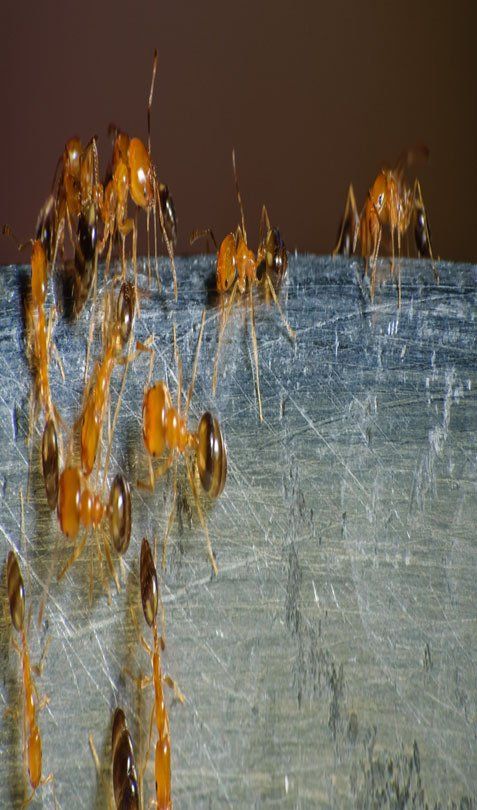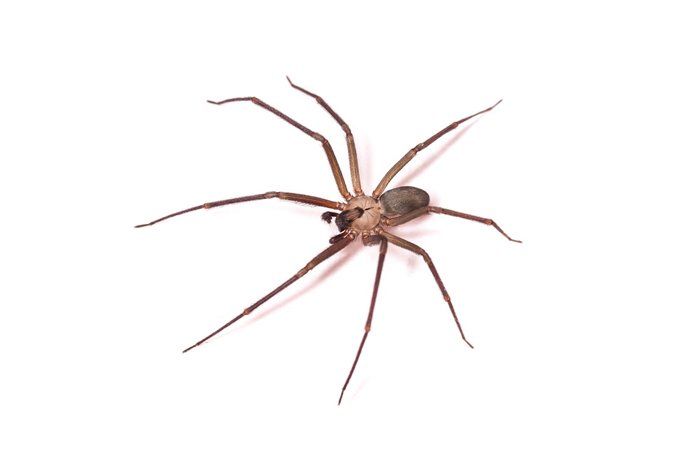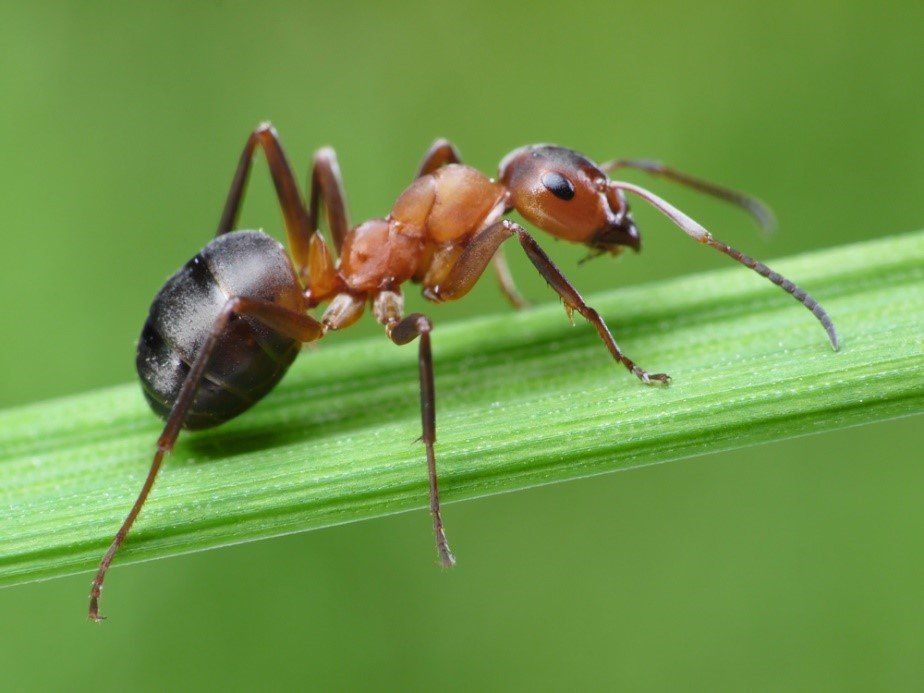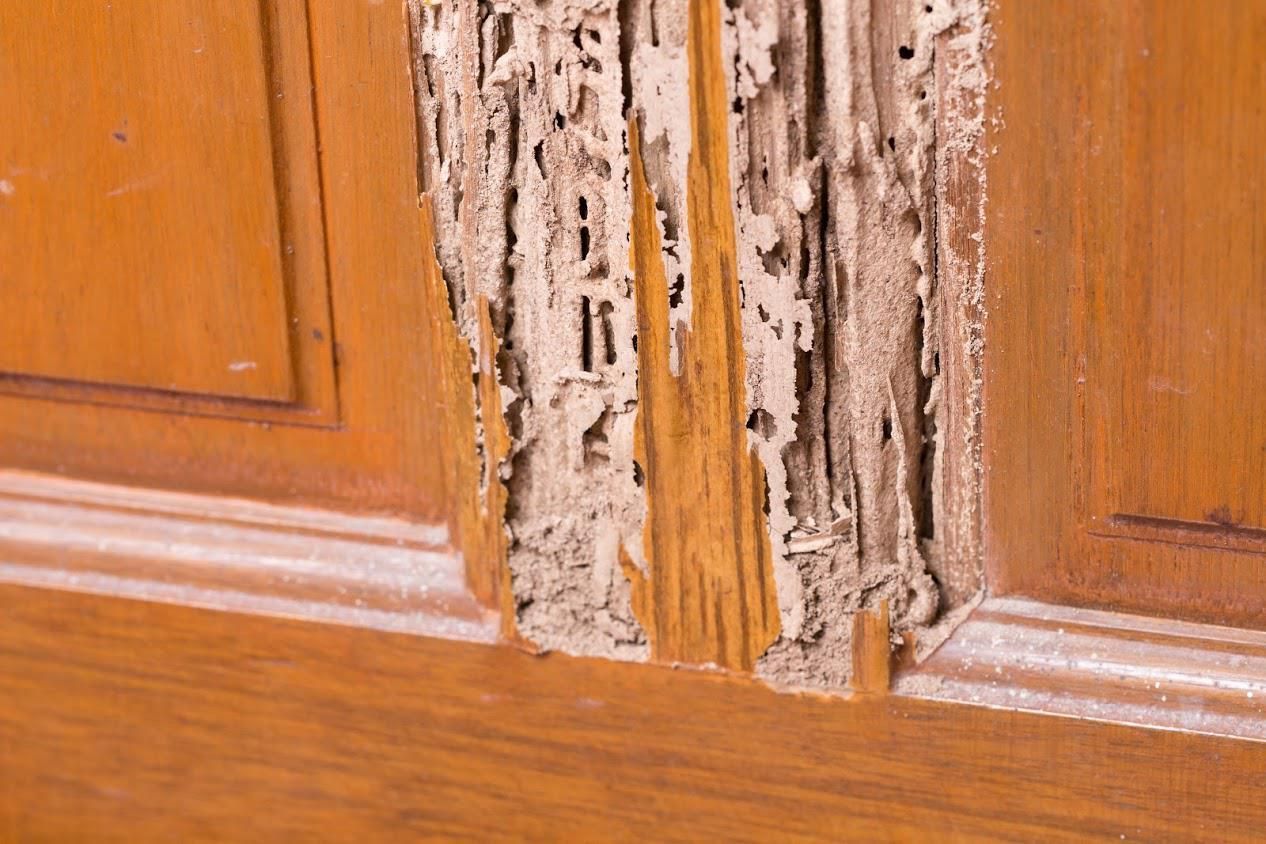Call Us Today: (352) 260-0366
The Top Silverfish Questions Answered
websitebuilder • Mar 03, 2020
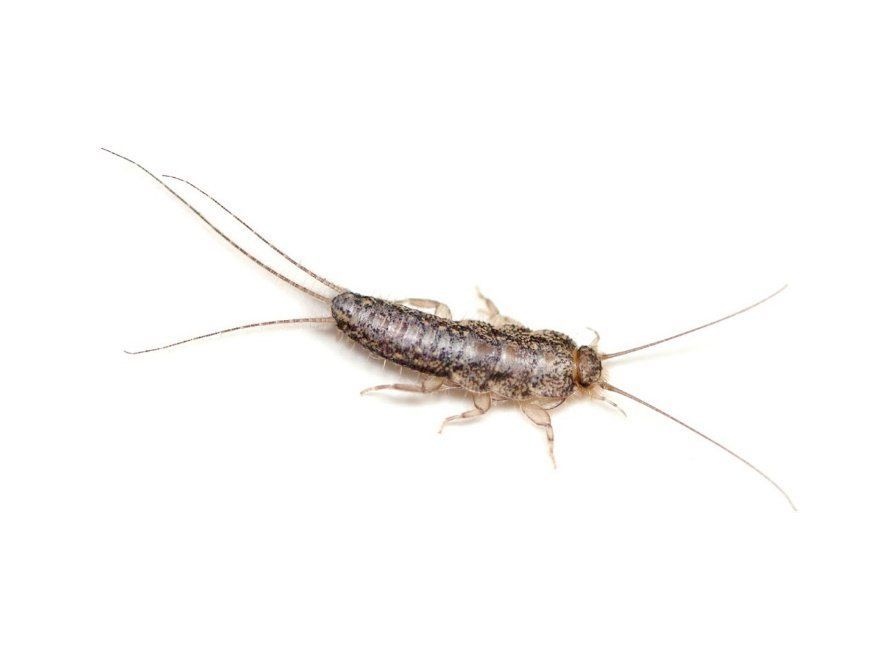
Does your home have a silverfish infestation? If these pests are a problem for your family, take a look at the answers to the top silverfish, pest control, and extermination questions homeowners have.
What Are Silverfish?
You see a silvery metallic fish-like creature slithering and skittering across the floor. What is this insect invader? Most likely, it's a silverfish. While silverfish aren't as well-known as other pests (such as ants or termites), they are a common problem for many households across the country.
To identify a silverfish, look for:
- Color.
Like the name implies, the silverfish is silver (or greyish) and has a metallic sheen.
- Scales. Even though they may look smooth from a distance, these pests have small silver plates or scales.
- Shape. The teardrop shape of this pest mimics an aquatic fish's shape—minus the fins or tail.
- Antennae. The silverfish has two antennae. This creature also has three antenna-like appendages at the other end of its body.
- Size. An adult silverfish can grow to between one-half and three-fourths of an inch long.
If you're still not sure whether the pests in your home are silverfish or not, ask an expert. An exterminator can evaluate the insect invaders and determine what the problem is and how to treat it.
Why Does Your Home Have Silverfish?
Now that you know what silverfish are, you may wonder how they got into your home. Unlike other pests, these invaders aren't drawn to trash or other similar messes. Even though these cringe-worthy creatures may not seem clean, a dirty home has little to do with an invasion.
This type of pest problem can happen if:
- Your home has available food sources. According to the Utah State University Extension, silverfish can live for a year without food. But that doesn't mean it won't seek out nourishment. Instead of your leftovers, these pests prefer sugary substances found in glue and fabric fibers.
- Your home is damp. Silverfish thrive in moist settings. These pests may gather near a leaky pipe, in a damp basement, or in areas of high humidity.
- Your home is warm. Along with high humidity, silverfish prefer a 70 to 85 degree Fahrenheit environment.
While a clean home can't hurt, it won't necessarily stop a silverfish invasion. Given the pest's preference for damp, humid environments, you may need to use a dehumidifier, fix a leak, or make other interior changes to reduce the risks of a re-infestation.
How Can You Eliminate Silverfish?
Along with changes to the indoor environment, such as moisture and humidity reduction, you can take other steps to stop the spread of silverfish in your home. These include:
- Call a pest control professional. If you want to stop a silverfish invasion before it grows, an expert exterminator is your best bet. The pest control professional has the knowledge and equipment to safely and effectively eliminate the problem and prevent a repeat infestation.
- Remove adhesive-containing items. While you wait for the pest control professional, you can make your home less inviting for these pests. Again, silverfish enjoy eating glue and glue-containing products. Remove attractive items (such as boxes of books) or seal them away.
- Use a dehumidifier. Reduce the humidity and make the environment an unfriendly place for silverfish with a whole-home dehumidifier. One single room dehumidifier may help but probably won't reduce the moisture enough to make a major impact.
- Seal holes and cracks. Silverfish often lay their eggs in cracks or crevices within a home. Seal these with caulking to reduce the risks.
- Fix leaks. Leaky pipes leave behind a moist environment for silverfish to thrive in. Reduce dampness and repair all leaking pipes or fixtures.
Not only can the pest control professional exterminate silverfish right now, but they can also prevent reinfestation. When the exterminator visits for an initial consultation, ask about ongoing silverfish management services.
Do you need help to control your home's silverfish problem? Contact Gainesville Pest Control LLC
for more information.
Contact Information
Lic# JB239603
Phone: (352) 338-1013
Email: gainesvillepest@gmail.com
Address: 430 NW 39th Ave, Gainesville, FL 32609
Content, including images, displayed on this website is protected by copyright laws. Downloading, republication, retransmission or reproduction of content on this website is strictly prohibited. Terms of Use
| Privacy Policy



